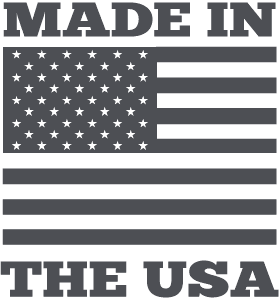Subgingival distal Class V tooth #29
Posted on September 28 2017
Introduction:
A method to isolate and attain access to an inaccessible location.
Greater Curve Band surrounds tooth #29
Step 1
I failed to take a preopt photo. Decay was at the distal, subgingival and extended toward the buccal. Greater Curve band in place. The retainer was set up from the lingual. Band ready for cut back to provide access to the prep.

Band cut back in order to gain access to the Prep
Step 2
A view of the prep and cut back tofflemire setup. I left some caries in the deeper portions of the prep. I did not want to risk exposure.

Band cut back and Prep
Step 3
Another view of the prep and Greater Curve band setup. Note the excellent isolation the matrix provides.

Fill
Step 4
Clean & Boost (Apex Dental), Consepsis (Ultradent), Bonding agent was Prelude SE (Danville). Prep bulked filled with Activa (Pulpdent).

Additional isolation
Step 5
To further aid isolation, I used Triad Gel to secure a Neodry against the setup.

Final Restoration
Step 6
Buccal view of the final Activa restoration

Final Restoration
Step 7
Distal View of the final restoration.

Conclusion:
I chose Activa for the following reasons:
1) Activa has a bioactive glass. It continuously seals the margins through remineralization. As the bonding agent deteriorates over time the bioactivity will continue.
2) Activa is rubberized similar to dentin. It flexes with the tooth. Flexing keeps it sealed as opposed to a passive hard composite which does not flex. This becomes more of a factor with larger restoations.
3) Activa hinders biofilm formation. I have observed that Activa is stain resistant. Hindering biofilm formation might be why.




Connect